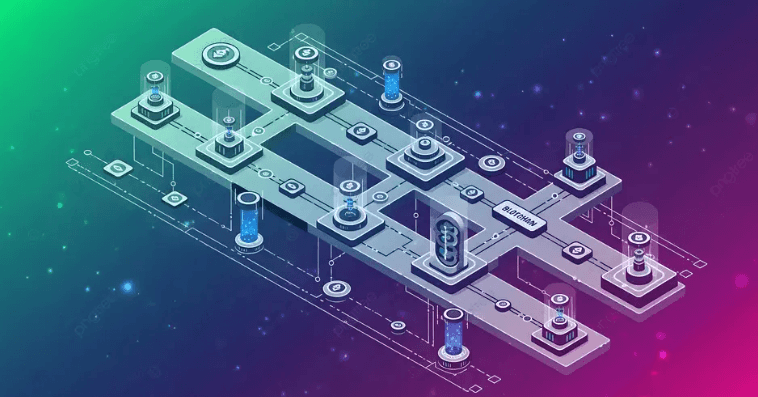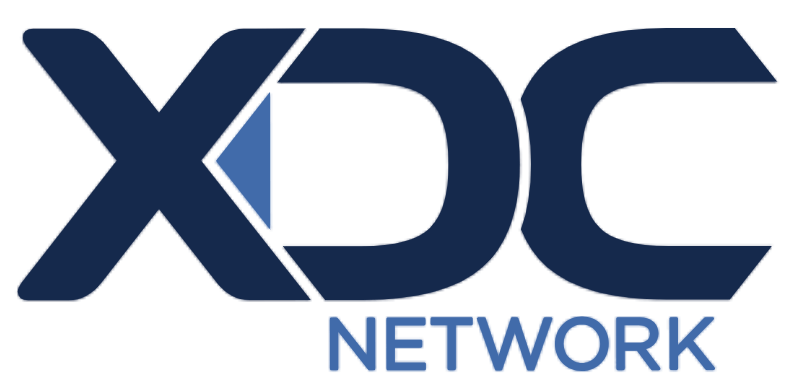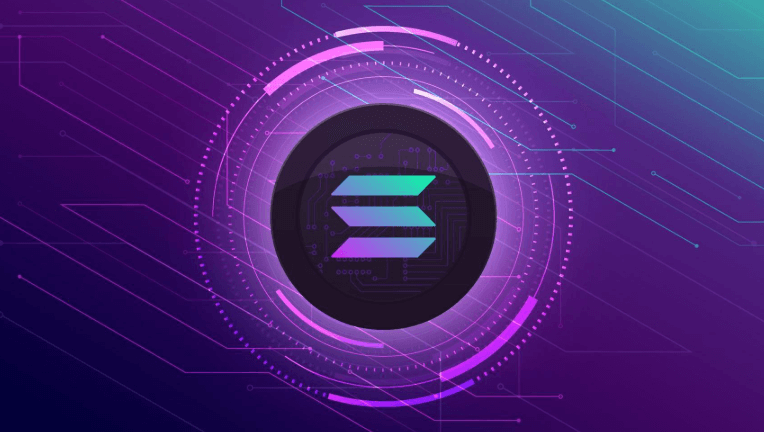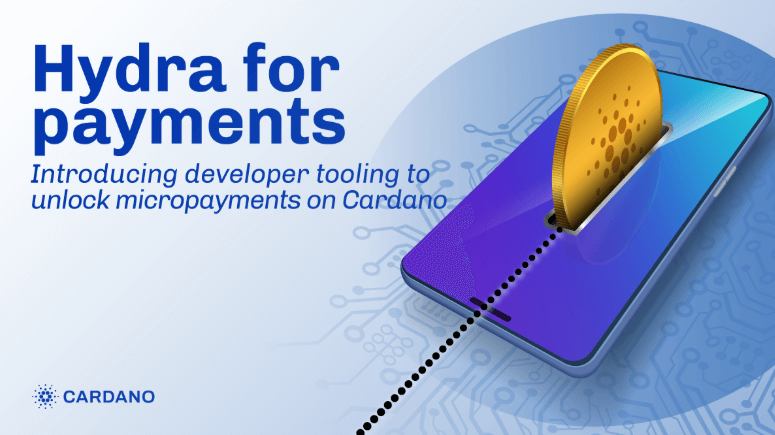Layer 2 scaling solutions are witnessing significant growth as blockchain networks seek to enhance scalability, reduce transaction fees, and improve overall user experience. With increasing adoption across decentralized finance (DeFi), non-fungible tokens (NFTs), and enterprise blockchain applications, Layer 2 solutions are becoming a crucial component in the evolution of blockchain technology.

The Surge in Layer 2 Adoption
The rise of Layer 2 solutions has been driven by the growing demand for faster and more cost-efficient blockchain transactions. As networks like Ethereum struggle with congestion and high gas fees, Layer 2 protocols such as Optimistic Rollups and Zero-Knowledge Rollups (ZK-Rollups) have gained traction. Platforms including Arbitrum, Optimism, and zkSync have emerged as leading Layer 2 solutions, offering reduced transaction costs and improved throughput.
Ethereum’s recent upgrades, including the transition to proof-of-stake and upcoming enhancements like Proto-Danksharding, have further bolstered the ecosystem for Layer 2 solutions. These developments have increased confidence among developers and users, fueling more adoption and investment in Layer 2 technologies.
Key Use Cases and Industry Impact
Layer 2 solutions are enabling a broad range of applications, from DeFi protocols to gaming and enterprise use cases. In DeFi, Layer 2 networks have provided liquidity providers and traders with lower transaction fees, making it more feasible to conduct frequent trades and complex financial operations. Popular DeFi platforms like Uniswap and Aave have integrated Layer 2 support to enhance user experience and reduce operational costs.
In the NFT sector, Layer 2 solutions are helping creators and collectors overcome the high minting and transaction costs associated with Ethereum’s mainnet. Platforms such as Immutable X and Polygon’s zkEVM have optimized NFT trading and minting, fostering a more sustainable digital collectibles ecosystem.
Enterprises are also exploring Layer 2 for supply chain management, payments, and other business processes. These solutions allow businesses to leverage blockchain technology without compromising efficiency or scalability.
Challenges and Future Outlook
Despite the rapid progress, Layer 2 solutions face challenges, including security concerns, interoperability issues, and user adoption hurdles. Ensuring robust security measures and seamless integration between different Layer 2 networks remains a priority for developers and blockchain ecosystems.
The future of Layer 2 looks promising, with continuous innovation and increasing institutional interest. As Ethereum and other blockchain networks implement further scalability improvements, Layer 2 solutions are expected to play a pivotal role in the mass adoption of blockchain technology. With ongoing developments in ZK-Rollups and cross-chain interoperability, Layer 2 is poised to become a fundamental layer in the next phase of the crypto revolution.
With growing adoption and technological advancements, Layer 2 solutions are shaping the future of decentralized applications, enabling a more scalable and efficient blockchain ecosystem.
Disclaimer: This article is for informational purposes only and is not investment advice. Investors should research carefully before making any decisions. We are not responsible for your investment decisions.
















